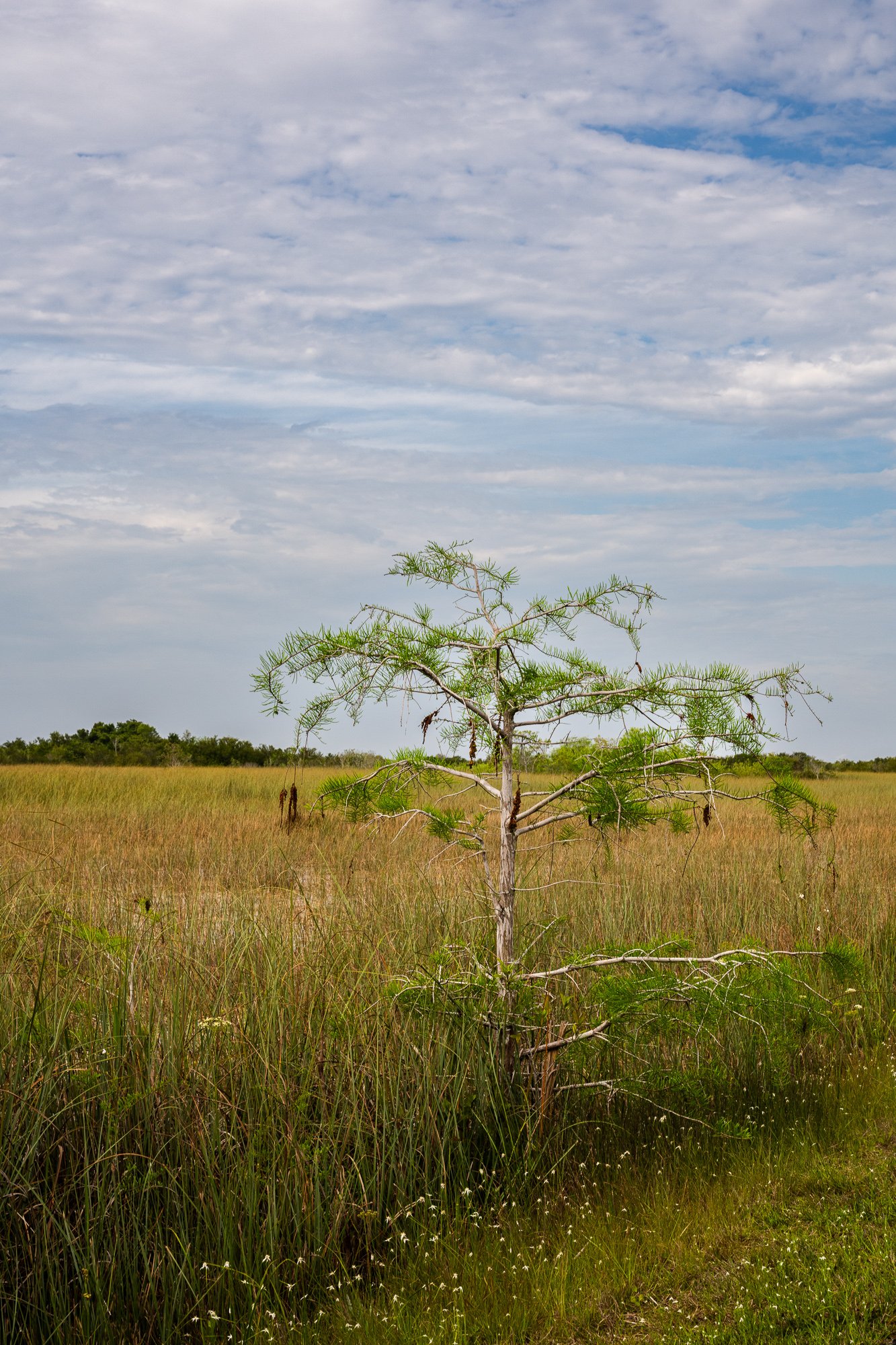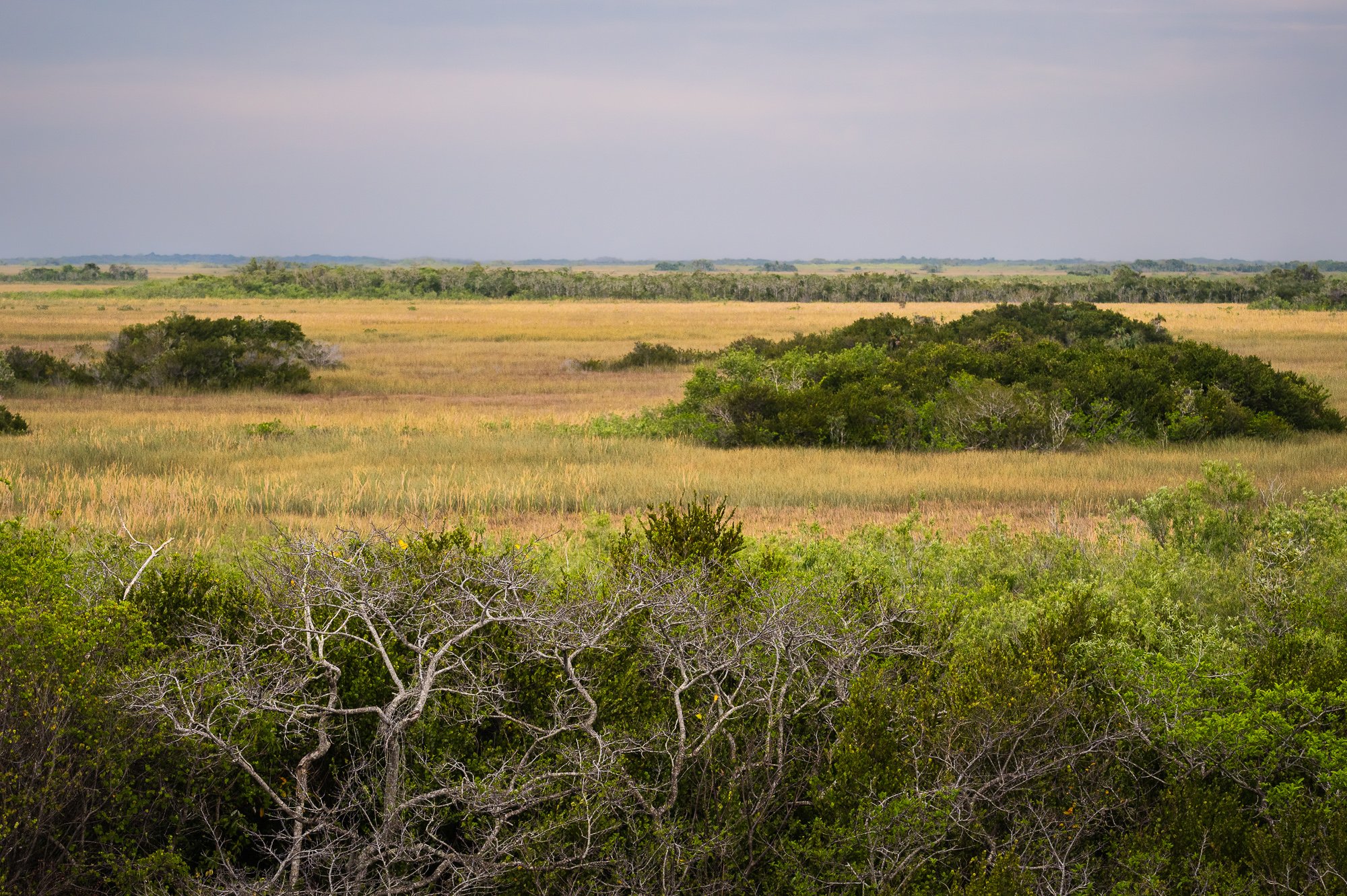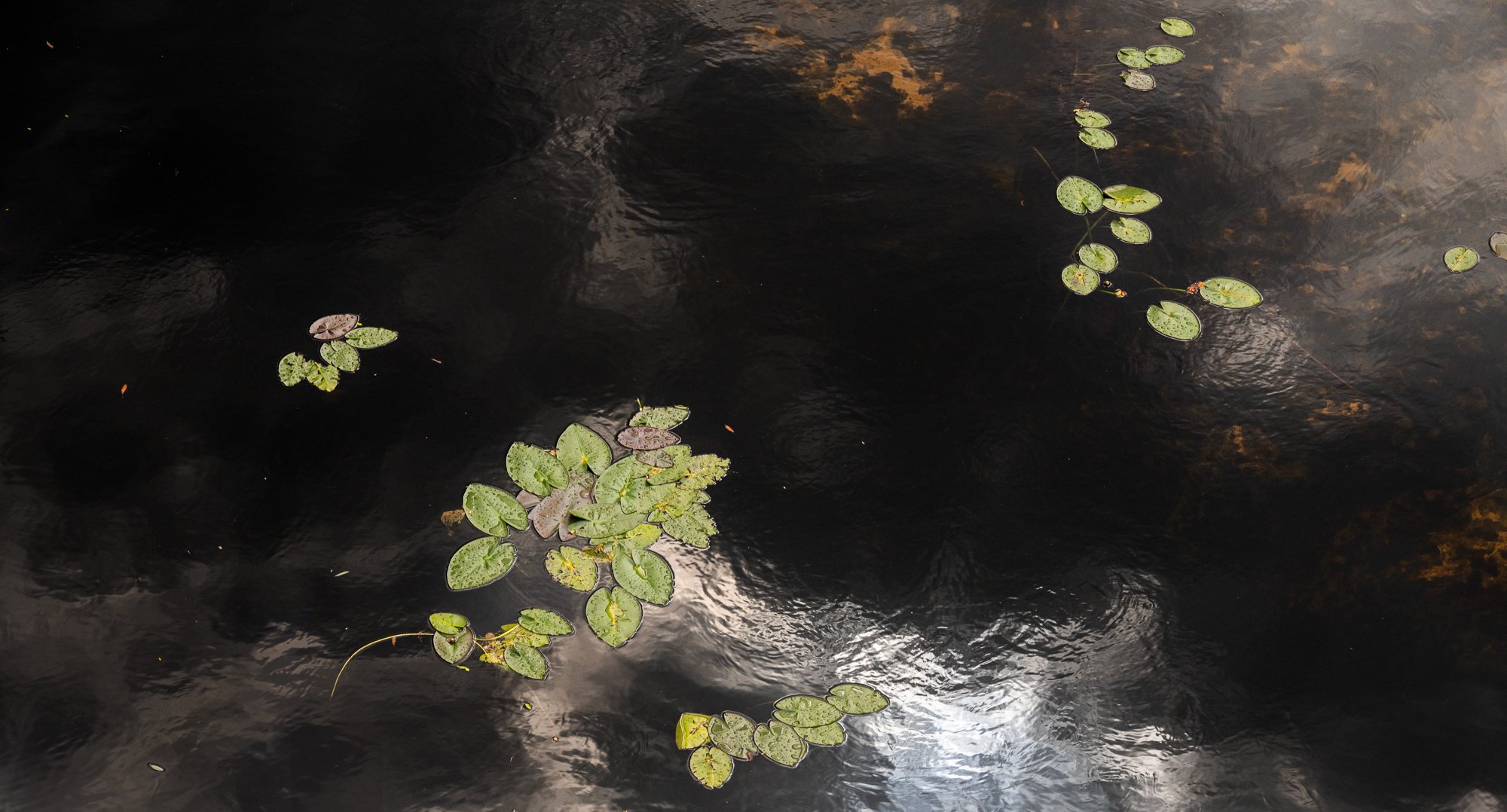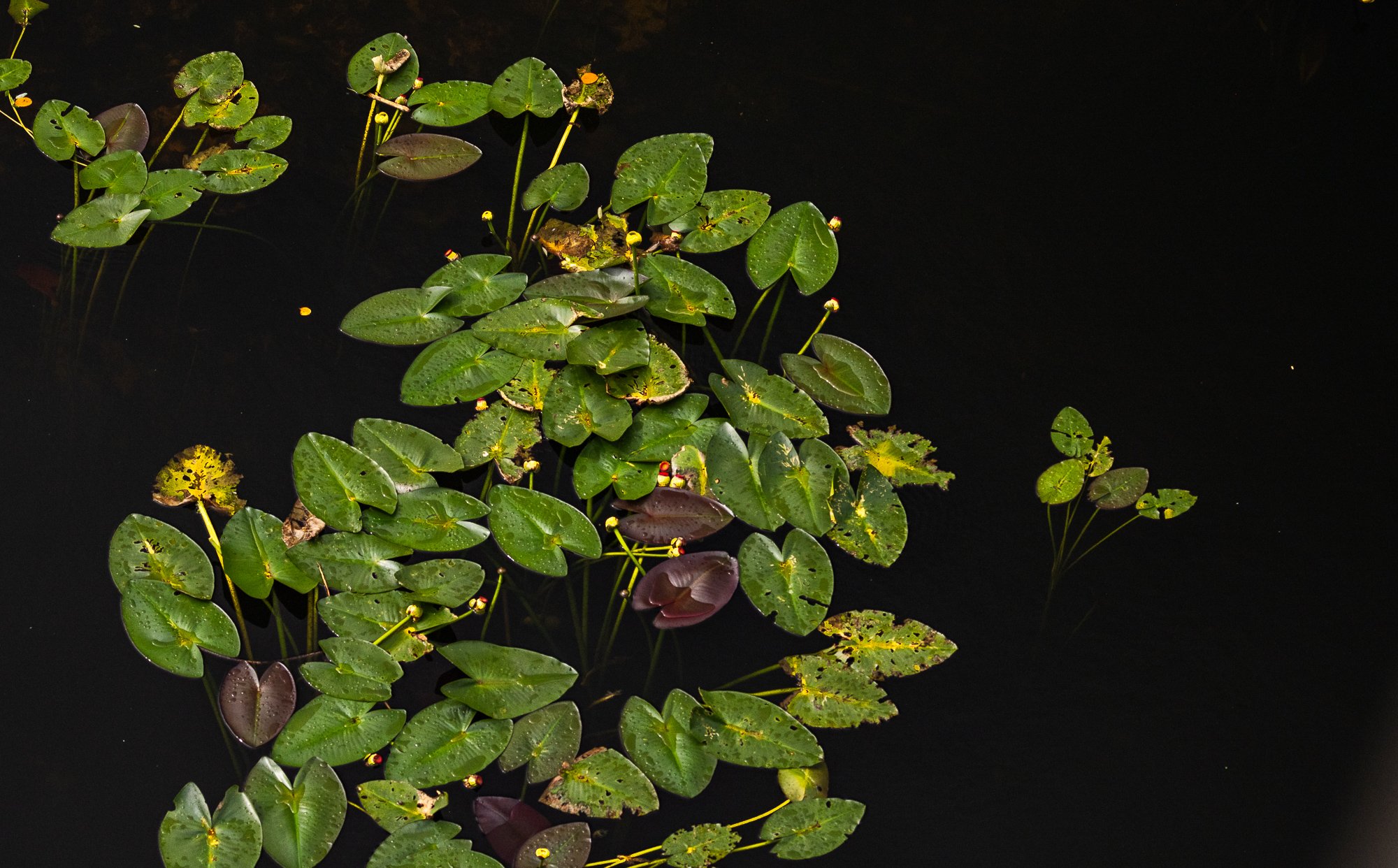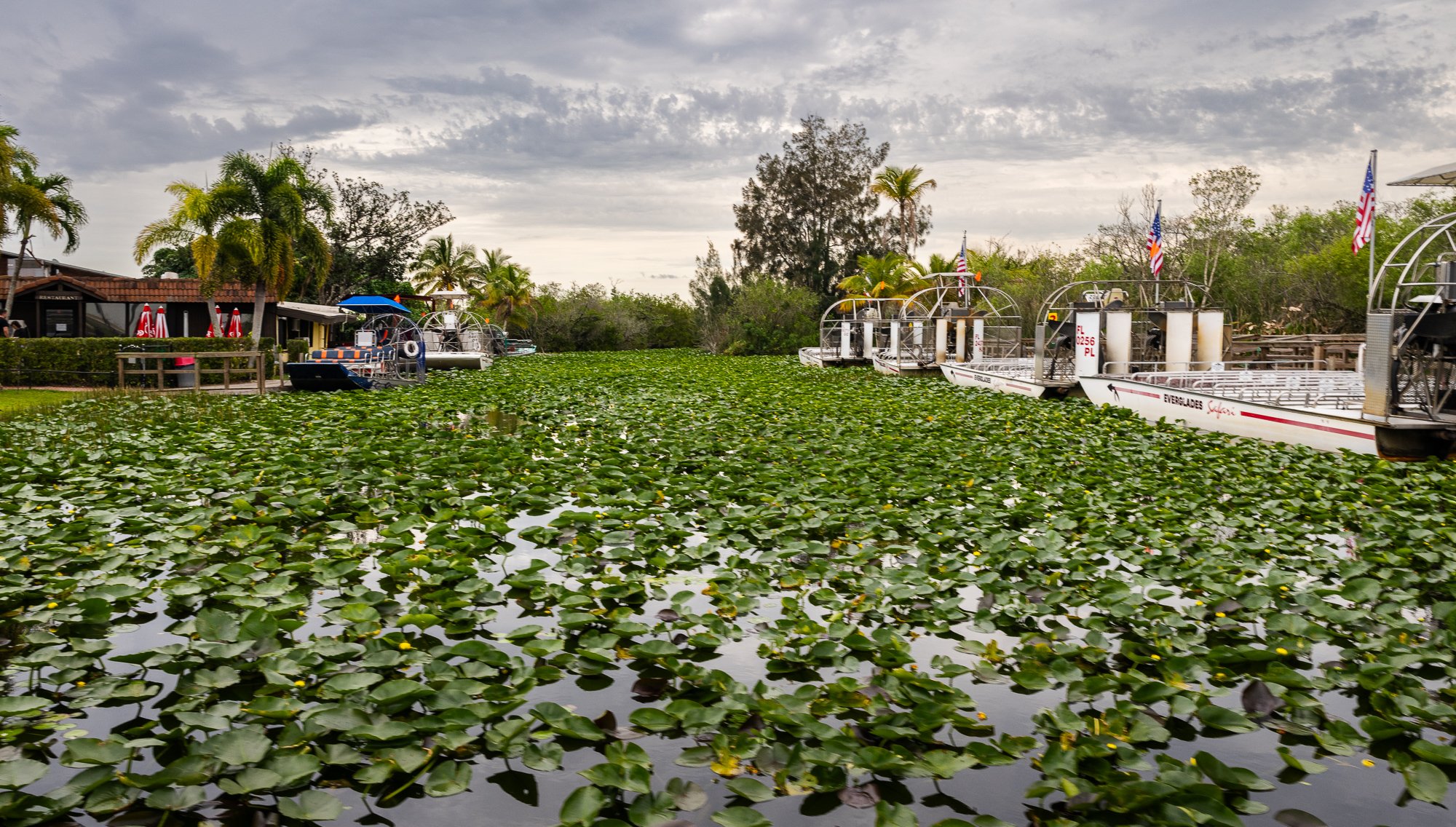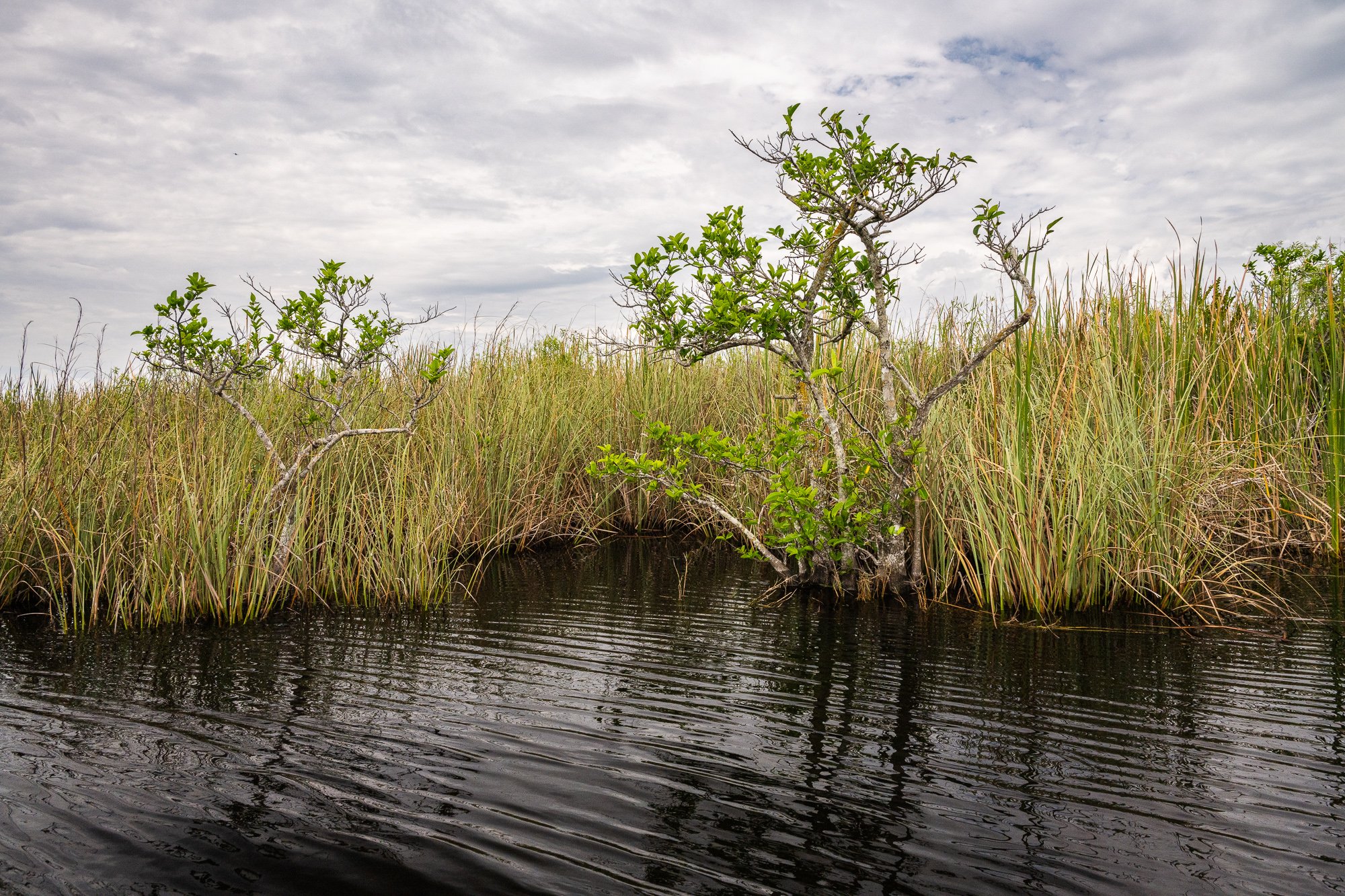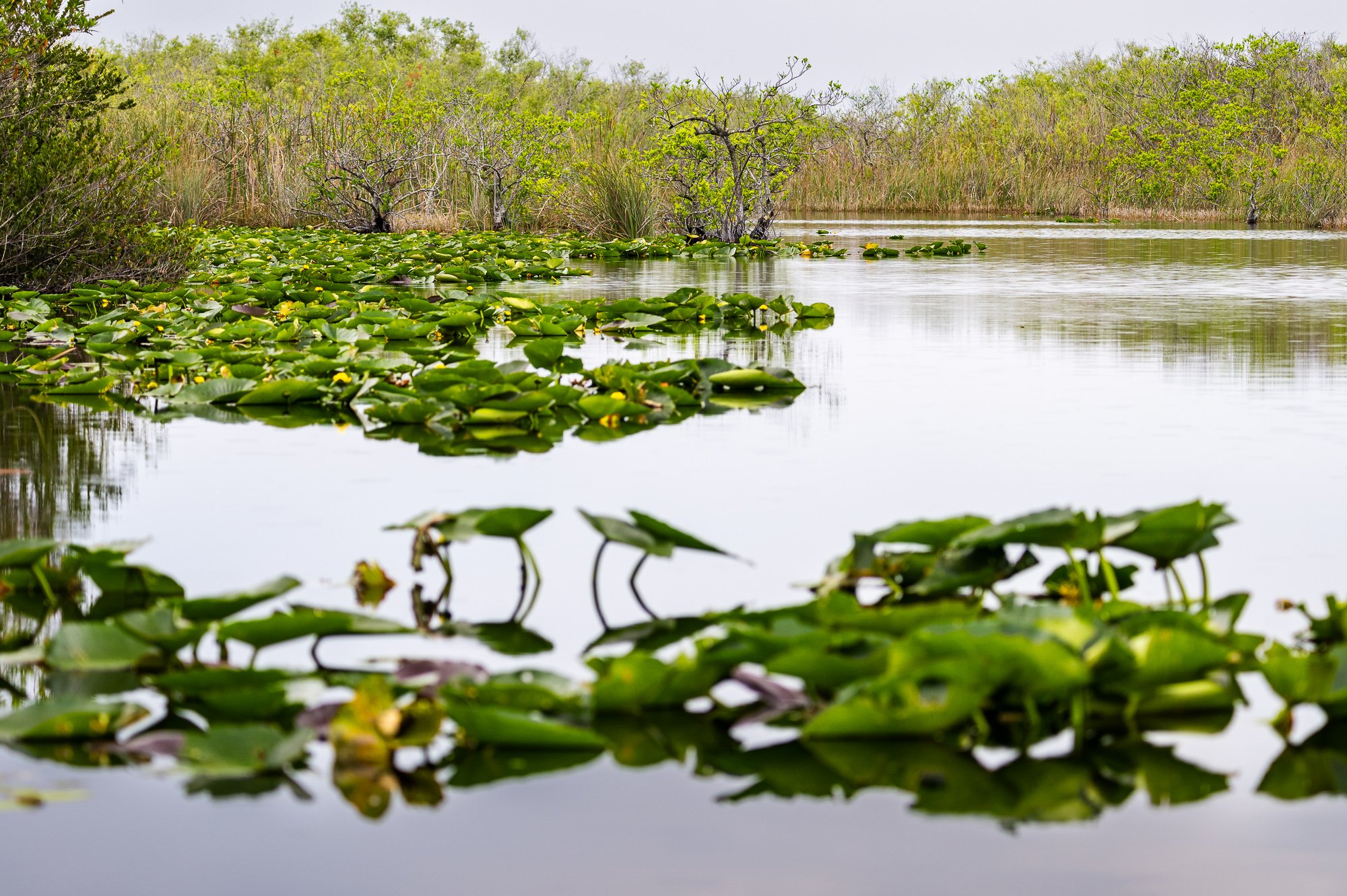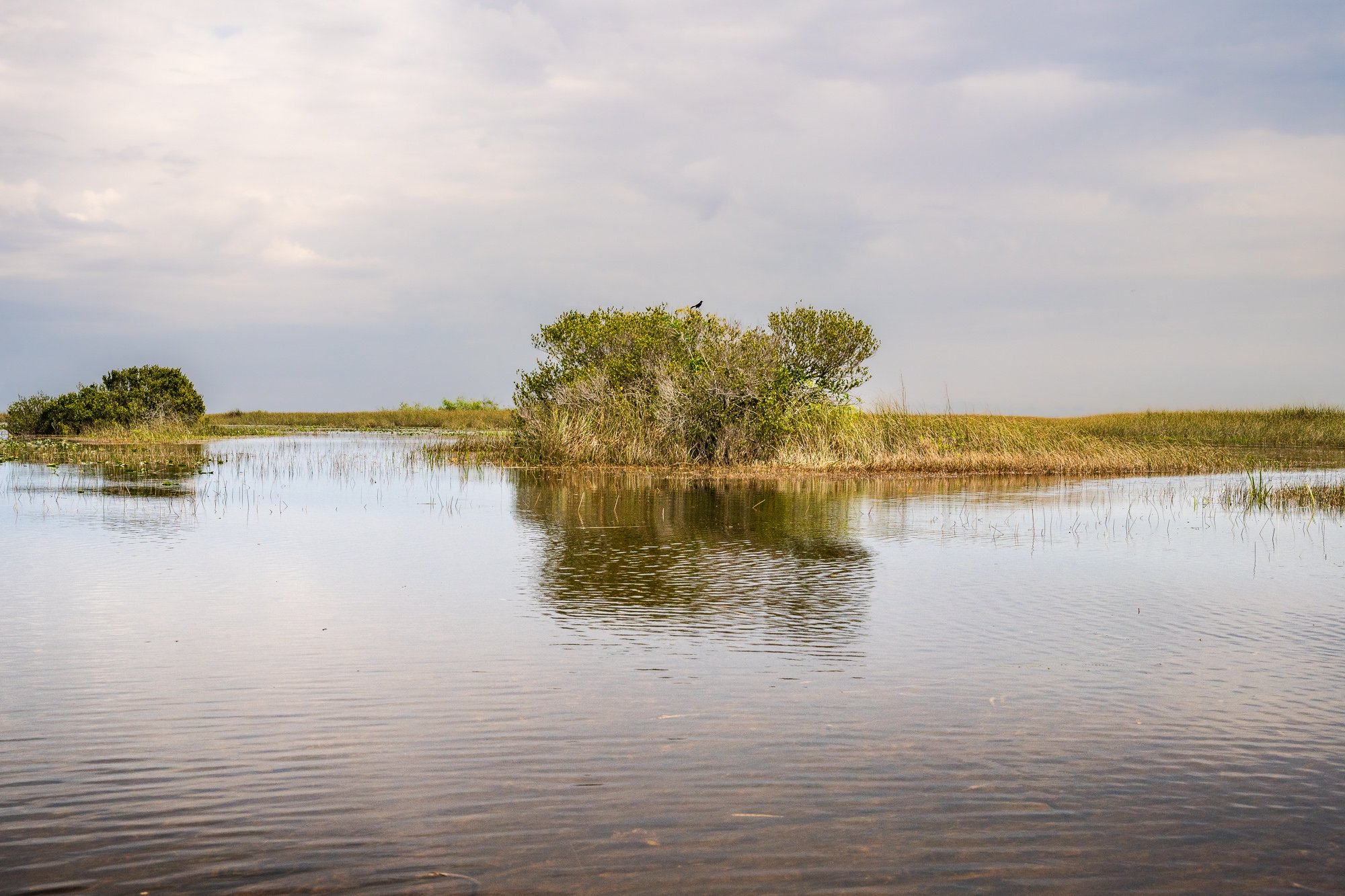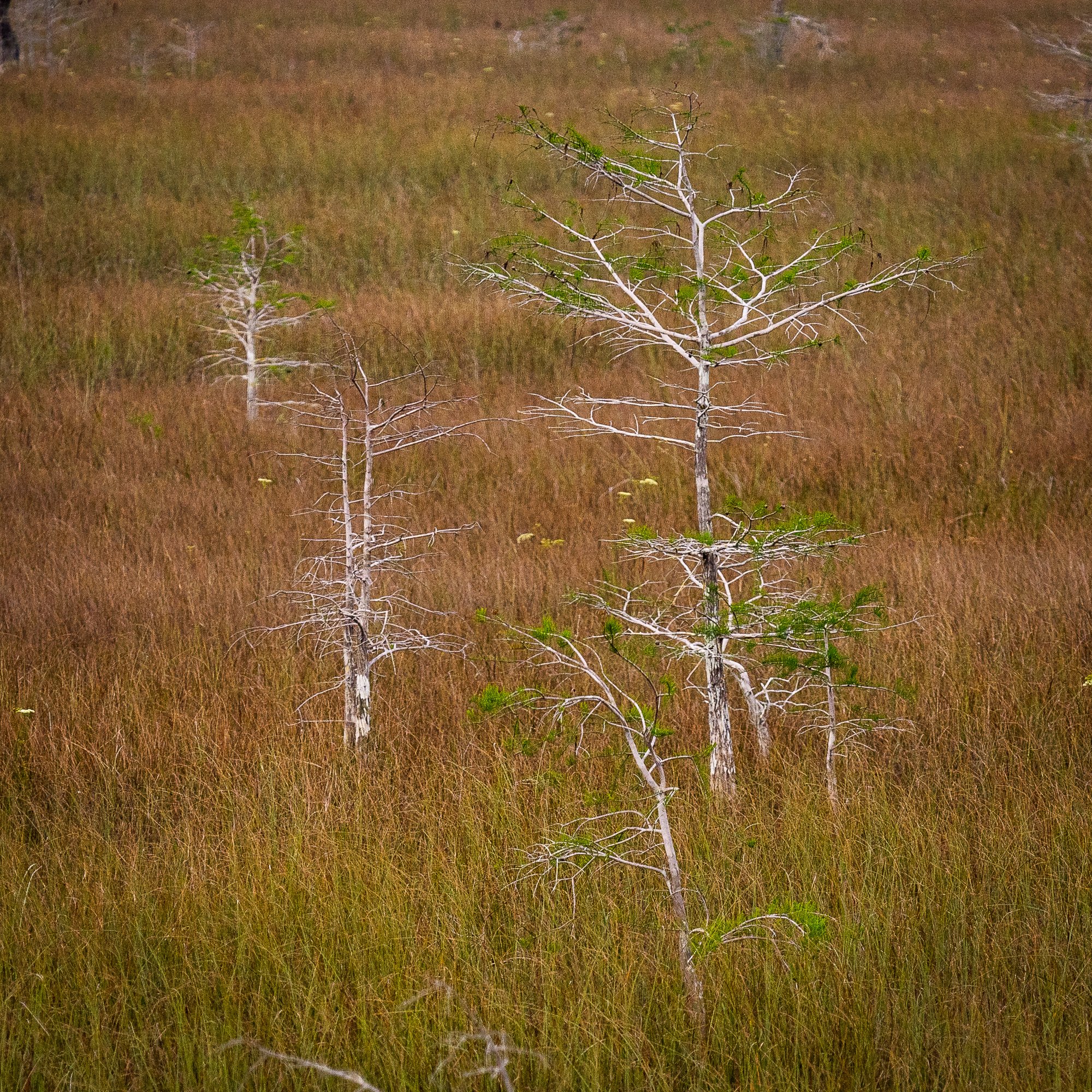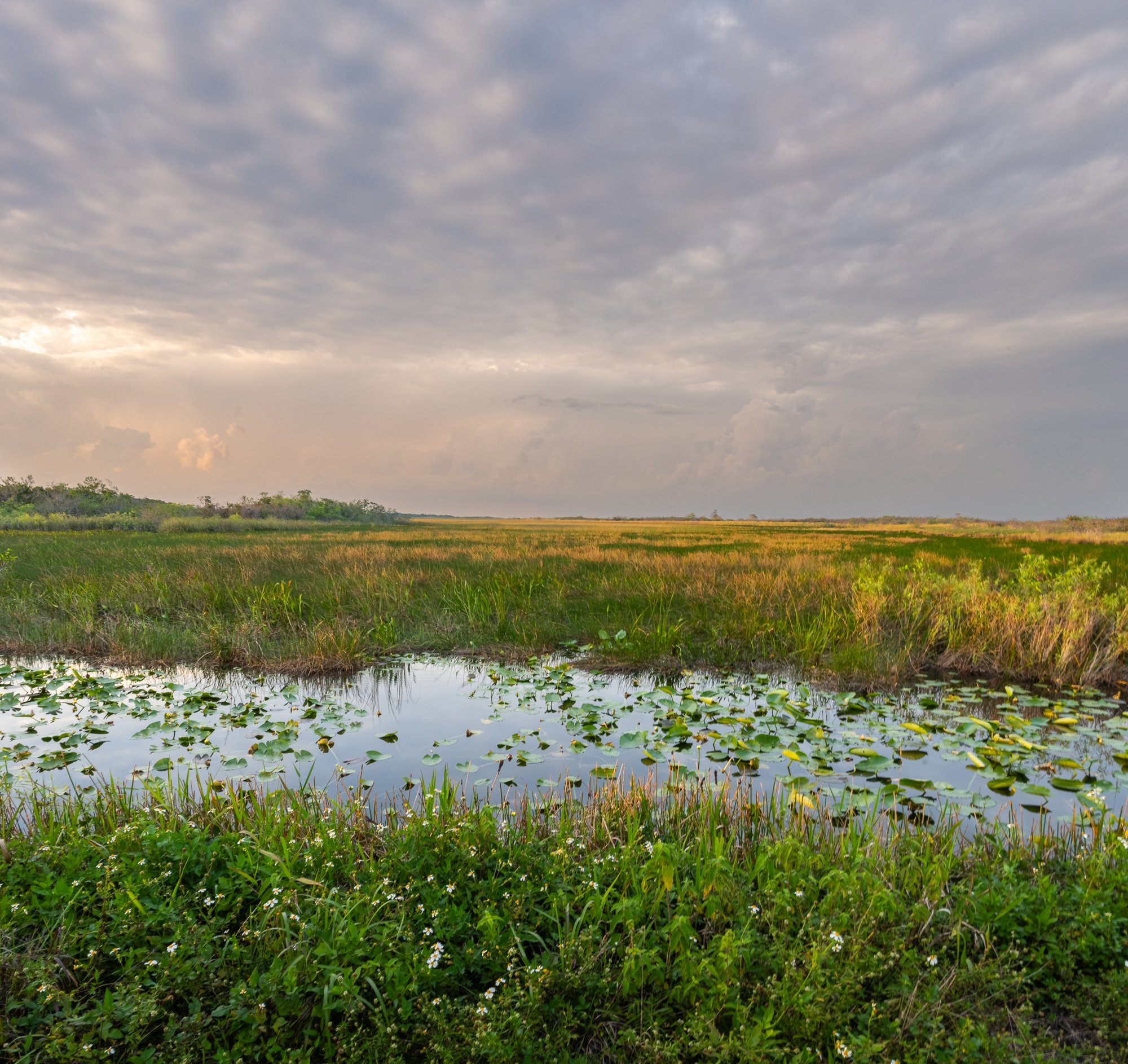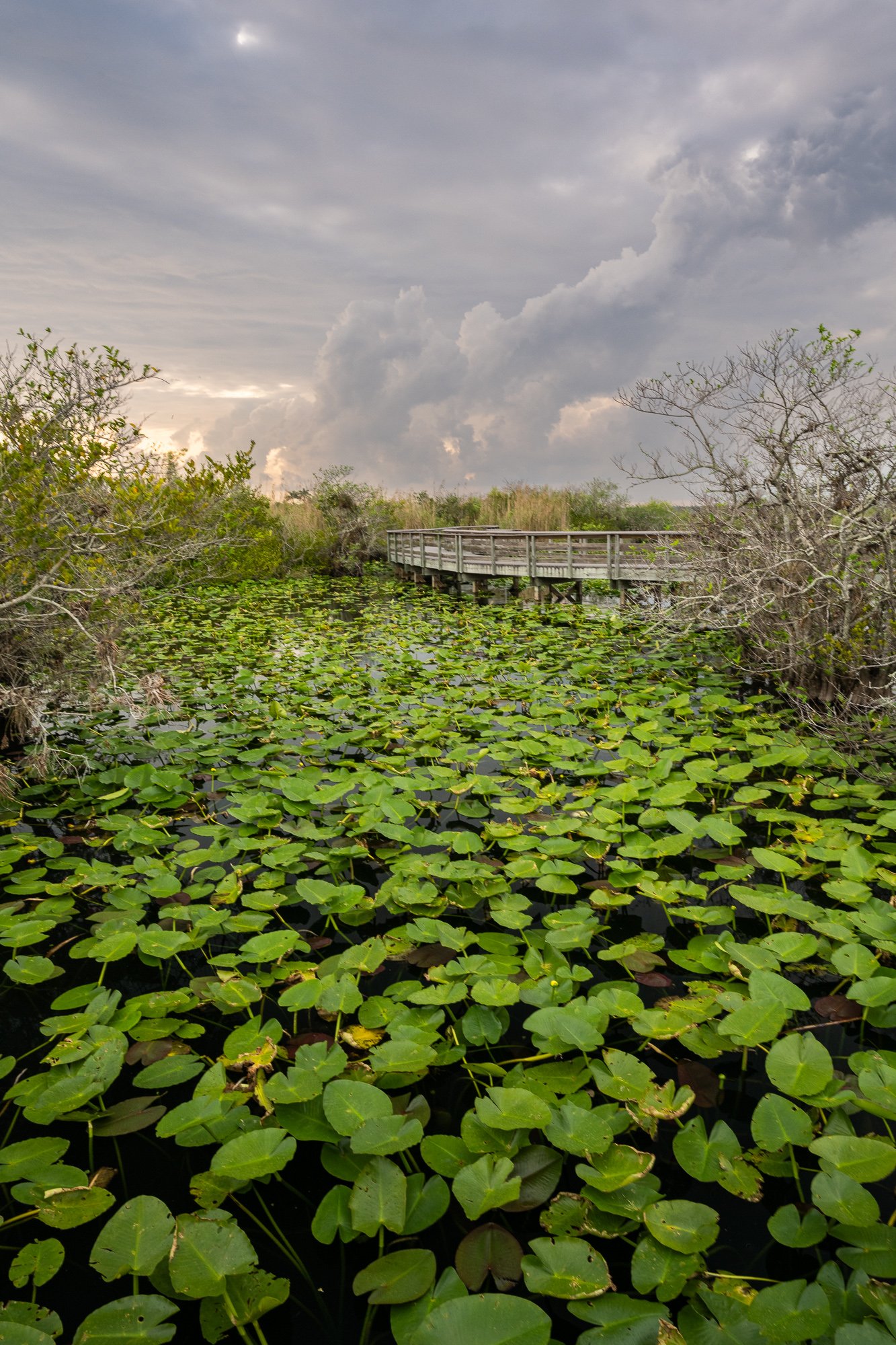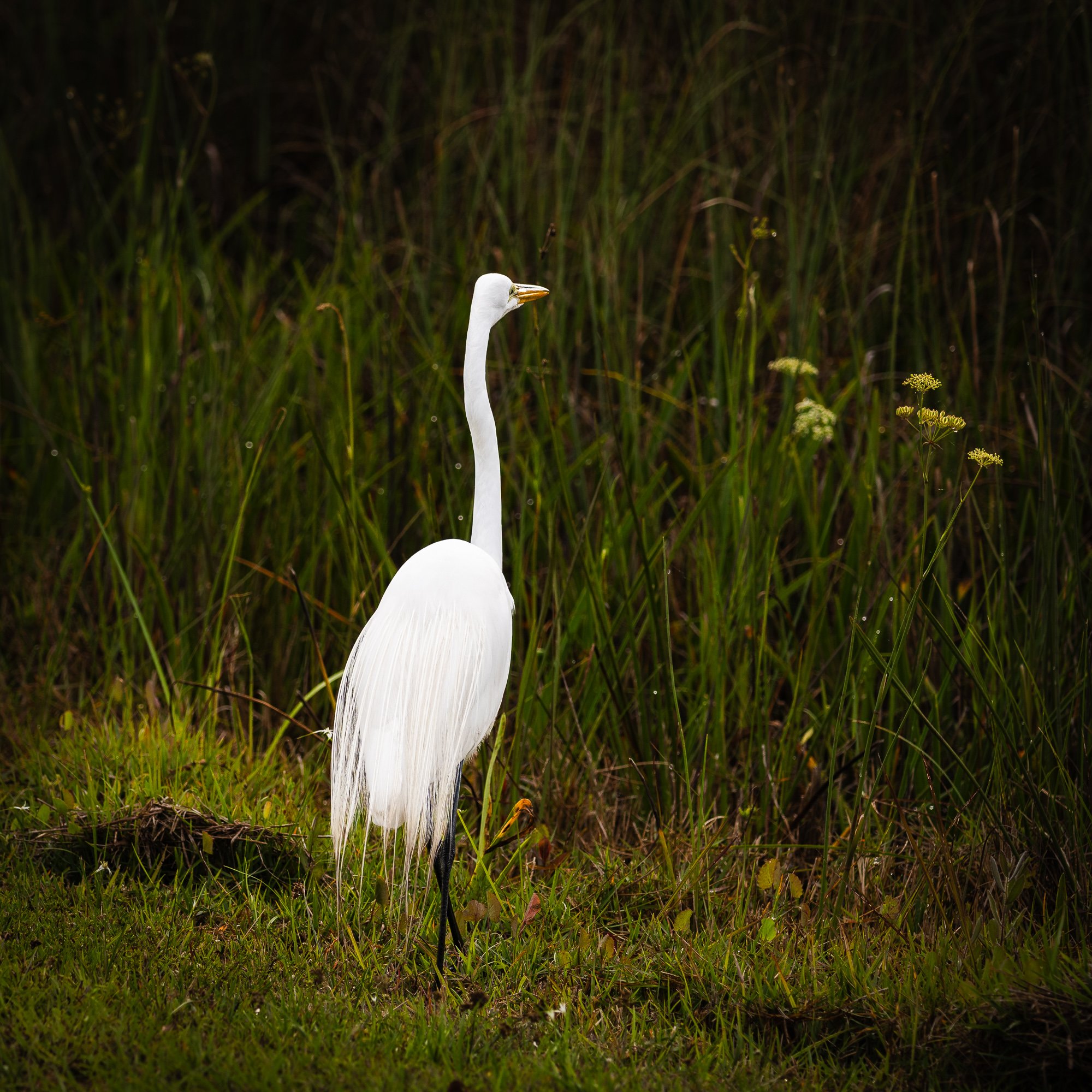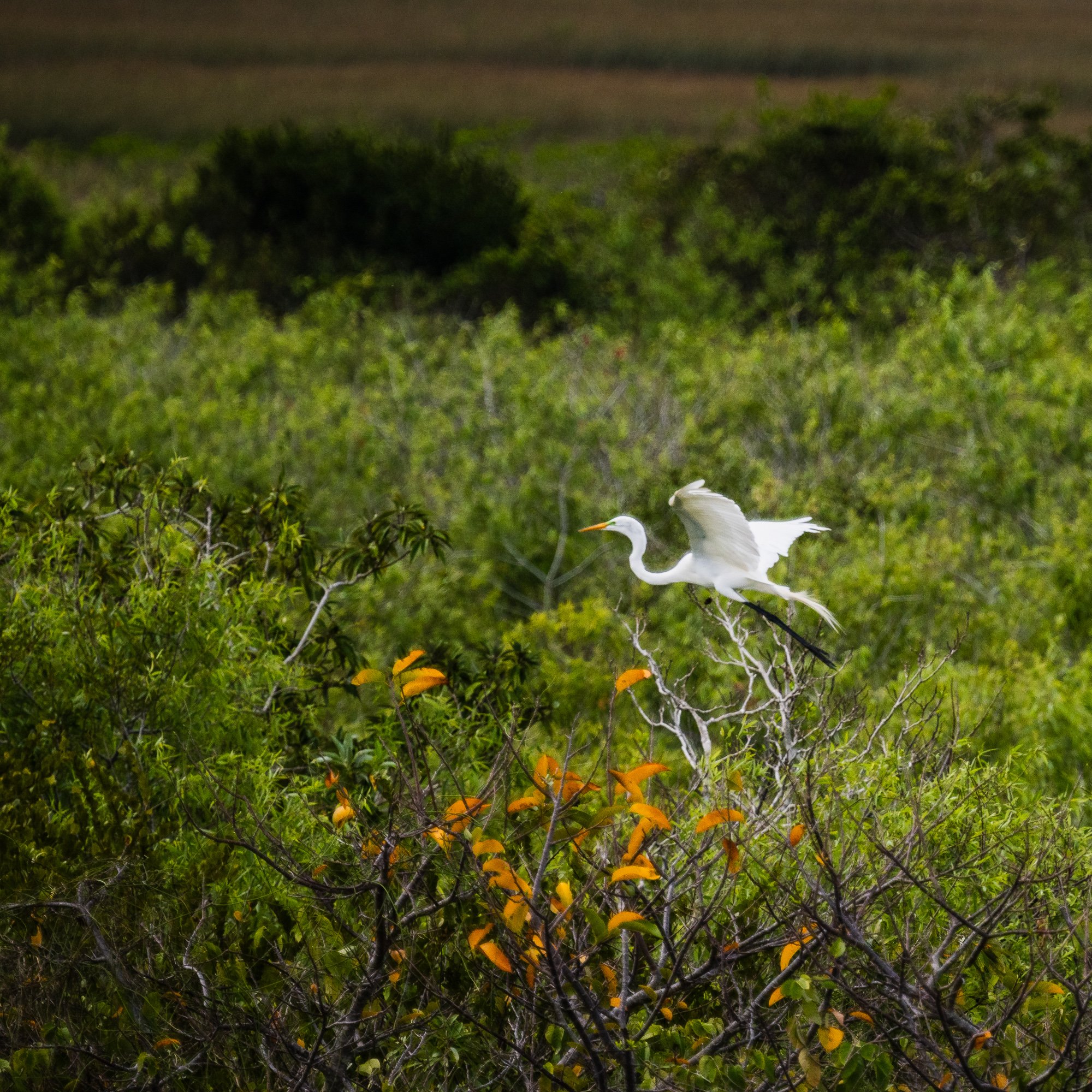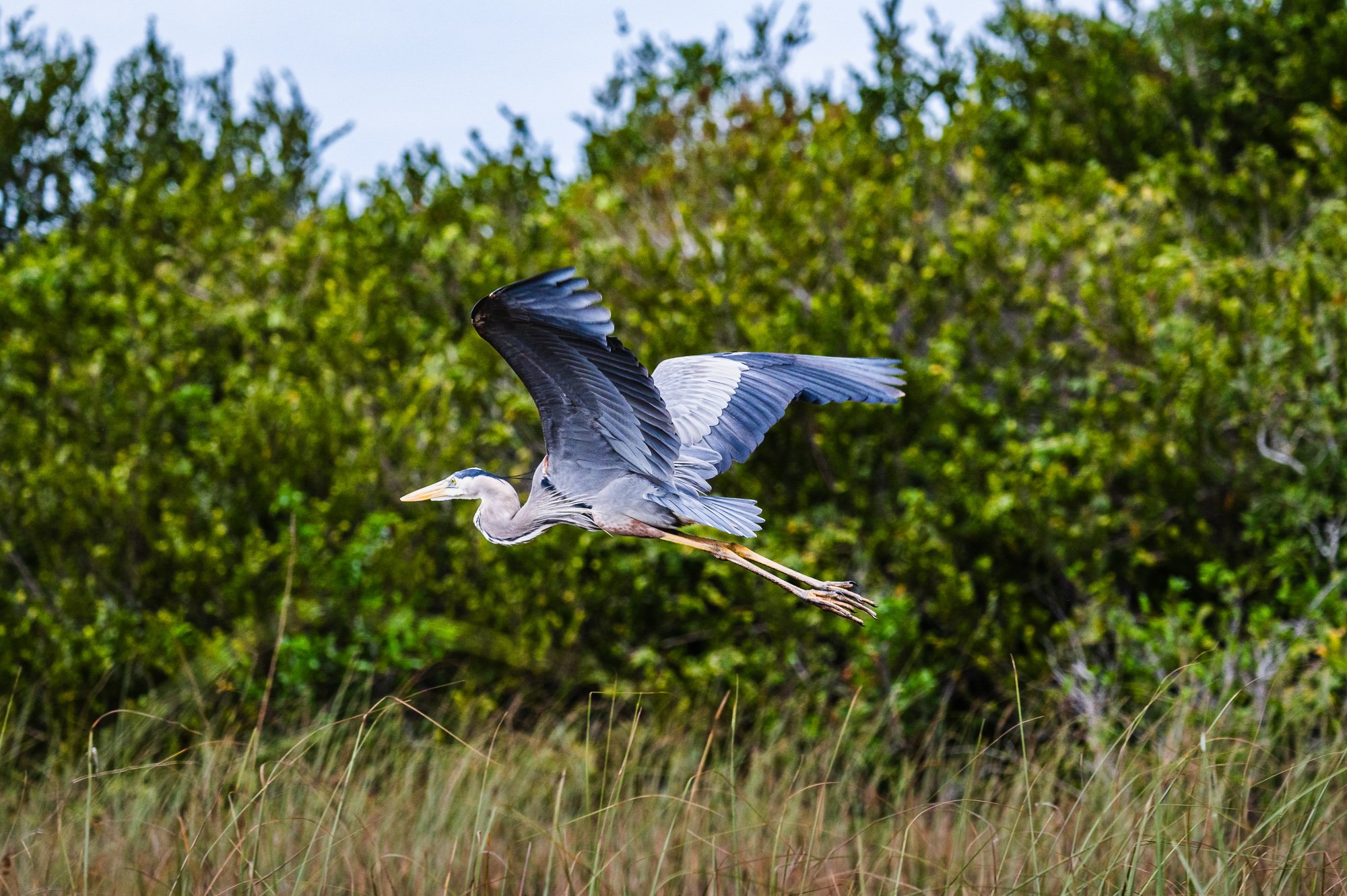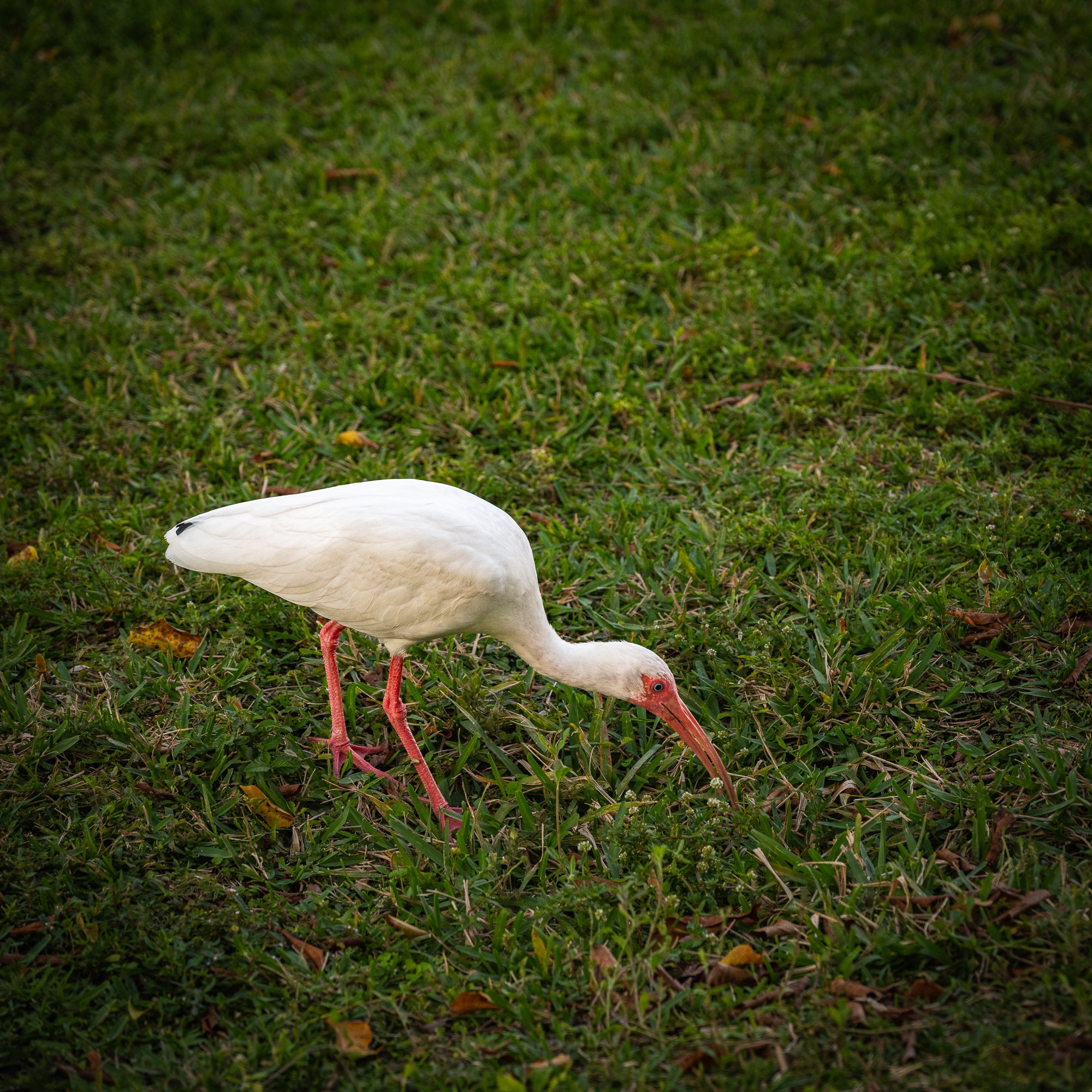State: Florida
Most known for: The largest subtropical wilderness in the United States, stunning wildlife viewing, and unique mix of temperate and tropical plants and animals.
Basic Info:
The park protects an unparalleled landscape that provides important habitat for numerous rare and endangered species like the manatee, American crocodile, and the elusive Florida panther. Congress established the Everglades as a National park in 1934.
It is an international treasure as well - a World Heritage Site, International Biosphere Reserve, a Wetland of International Importance, and a specially protected area under the Cartagena Treat. The park is the largest tropical wildness in the U.S. and the largest wildness of any kind east of Mississippi River. An average of one million people visit the park each year. Everglade is the 3rd-largest national park in the contiguous U.S. after Death Valley and Yellowstone.
The park covers more than 1.5 million acres in South Florida, with most of the park is remote and inaccessible. Most national parks preserve unique geographic features; Everglades was the first created to protect a fragile ecosystem. Visiting the Everglades allows you to explore a vast diversity of flora and fauna in different ecosystems:
freshwater sloughs
freshwater mari prairies
Tropical hammocks
pineland
cypress
mangrove
coastal lowlands
marine
estuarine
Plan your visit:
The park has four visitor centers, with 3 are hours apart from each other. The sections of the park are not interconnected.
North Entrances
Shark Valley (Miami)
Gulf Coast (Everglades City)
South Entrances
Royal Palm (Homestead)
Flamingo (38 miles south of the Main Park Entrance in Homestead)
The Everglades are mild and pleasant from November through April, with low humidity, clear skies, lessening of mosquitoes, and abundance of wildlife.
Resources:
NPS website: https://www.nps.gov/ever/index.htm
Wikipedia
Park Map (NPS)
Our visit
Date: March 6, 2024
Shark Valley
Shark Valley is a 7-mile road that reach the heart of the Everglades, with an observation tower at the end to see the vast sawgrass prairie stretching to the horizons and some of the wildlife that make Everglades famous - alligators and great flocks of wading birds. You can walk, bicycle, or take a tram tour. It is a loop so you will come back on a parallel road.
We took the first tram at 9AM in the morning. The tram is equipped with a driver and guide. The guid explained everything from what we saw, biosphere, wildlife, and history of the park. The tram also made stops when an alligator was identified nearby. We saw alligator hunting turtle twice, pretty cool. The tram would stop at the tower for half hour so the visitors can walk up to the tower for the view.
What wildlife you see at Shark Valley depends on the season. During the dry winter, alligators, wading birds, and deer concentrate near canals and borrow pits not far from the road. also the weather is mild and pleasant in this time, with low humidity and clear skies. In summer, heavy rains fill the Everglades, dispersing wildlife making them harder to see.
At this season, we saw everywhere in the shallow water a ‘ugly’, soft, spongy mat of algae, called periphyton. During the summer rainy season, periphyton floats along the surface, where it is gazed on by fish and tadpoles. During the dry winter months, which is now, animals like snails, crayfish, and insect larvae burrow into its moist interior for survival. So it plays a critical role in the ecosystem here.
Airboat (Everglades Adventure)
We didn’t make reservation, but didn’t wait long to get on the airboat for an one hour tour. Everyone was given a pair of earplugs to block the engine noise. The boat first cruised through a narrow yellow water-lily packed canal. As the boat is literally floating on the water, not like typical boat using turbine under the water, it wouldn’t cause damage to the plants in the water. Soon we reached an open meadows with grass. We passed by alligators and birds. Didn’t feel the time at all as the scenery was stunning at every turn.
After the boat docked, we were directed to a short alligator “show”. It was more an information session on human raised alligators, and you can pay a small fee to take a photo with a baby alligator. Then you can hike through a small alligator farm at the back.
Afterwards, we had a late lunch at Gator Grill (36650 SW 192nd Ave, Homestead, FL 33034) on our way to the Homestead entrance further down in the south.
Royal Palm (Homestead) Entrance
Originally we planed to drive all the way to Flamingo Entrance but when we were halfway there, we realized that we actually didn’t have enough time to have an in-depth visit of anything if we did that. Thus we changed the plan to focus on several trails near Homestead entrance. Below are sorted by the order of our visit, from south to the north back to the Homestead entrance.
Mahogany Hammock Trail
Mahogany Hammock is an island on the edge of Shark River Slough. The trail is a 0.4 mile boardwalk that goes through the tropical hammock with huge mahogany trees, air plants and other trees.
The island is surrounded by a “hammock moat”, which is a shallow moat encircles most tree island. These watery depression are formed when natural acids from decomposing hammock vegetation erode the surrounding limestone. Moats provide habitat for a verity of aquatic animals and protect hammock trees from approaching fires.
Pay-he-okee Overlook Trail
It is a 0.16 miles loop trail on boardwalk. First half of the trail is on top of watery grass. After passing the overlook platform on the top of the small hill, the second half of boardwalk passes through cypress trees in the shallow water.
Pine Glades Lake (Long Pine Key Trail)
It is a small lake not far from the Long Pine Key Nature Trail’s North Trailhead. We didn't have time to hike the trail, so we drove through some large pot holes to the lakeside, and admired the its crystal clear water before getting back on the main park road for the next stop.
For your info, the Long Pine Key Trail is a 6.1 mile one-way trail with bare ground surface. The trail passes through pine dockland habitats, home to a great variety of birds, tropical plants, and the endangered Florida panther. The trail may be muddy after rain.
Anhinga Trail
If you have to pick only one trail to hike near this entrance, I would recommend Anhinga Trail. The trail is only 0.8 miles long, but the wildlife is unbelievably abundant here!
After we parked near Royal Palm Visitor Center, we stopped by the Borrow Pit and noticed right away in the corner of the pond, a colorful Purple Gallinule stepping from one water lily leaf to another picking the buds for food. Since I only got a glimpse of the Purple Gallinule on the moving tram at Shark Valley earlier, not sure whether I captured it well on camera, I was surely exhilarated to have the luxury to take plenty of photos of this bird at the near distance. Then we identified an alligator floating on the surface with both head, back, and tail floating on the clear water. When we moved on, and we noticed another Purple Gallinule!
After passing the Pond Apple Willow Marsh, we came to the Anhinga nesting area on the boardwalk. Several Anhinga rested on the roof of the shelter drying up their wings, as they dive deep water for fish. Then we identified a few more Purple Gallinules, two of which were fighting for territories! Then the rain retreated and came out this beautiful sunset with soft clouds in the sky.
Later I learned that these wildlife encounters in this area is not random. This trail skirts the edge of a freshwater slough. During dry season the slough operates like one of the many gator holes throughout the shallow river of grass. In these deep pools, fish became concentrated, attracting alligators, wading birds, and a throng off other creatures.
Gumbo Limbo Trail
Unfortunately we didn’t have enough time left to hike on the Gumbo Limbo Trail, which is a short 0.4-mile paved loop trail on the other side from the visiting center. Here is some information from the park for your reference:
The trail tunnels through a tropical hardwood hammock, a world dramatically different from the wide-open slough. In the shadowy tangle of vegetation, the plants at first appear all alike and the wildlife non-existent. But the hammock contains a surprising variety of species that take unfamiliar forms. In the intense competition for light and space, the vegetation grows in layers.









